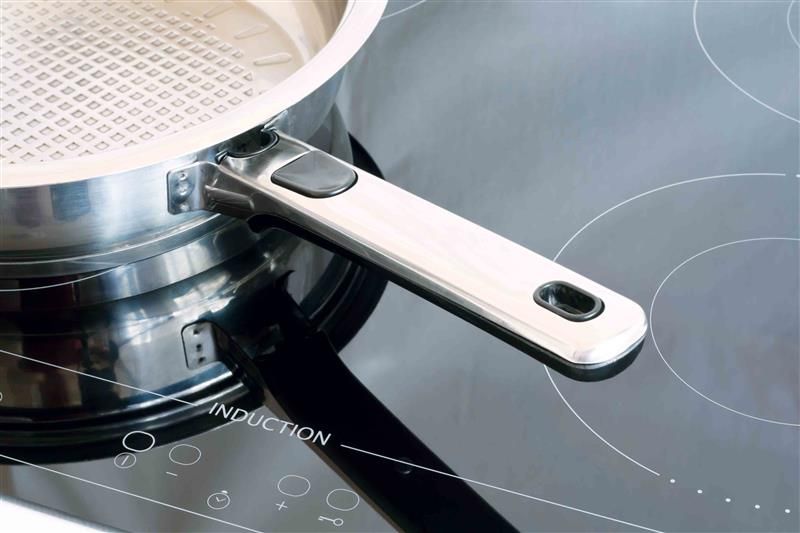With an increasing number of companies prioritizing environmental stewardship, we’ve seen a growing trend in facility operators looking to reduce their energy consumption and greenhouse gas emissions. This can be achieved through a variety of ways, but today we’ll focus on how to effectively decarbonize commercial kitchens.
The goal of decarbonizing kitchens is to achieve net zero carbon, or carbon neutrality, by reducing carbon dioxide emissions. Electrification of commercial kitchens refers to the process of replacing gas appliances with electric.
But electrifying a kitchen is only one step in achieving complete decarbonization. Several overlooked carbon contributors can impact an overall decarbonization strategy and reduce your chances of achieving ENERGY STAR certification. ENERGY STAR is a government-backed certification for energy efficiency that more than 39,000 commercial buildings, comprising more than 5.8 billion square feet have earned for leading in high efficiency.
And while not all facility operators want to earn an ENERGY STAR certification, most hope to achieve eco-efficiencies, and as it relates to commercial kitchens, investing in ENERGY STAR-certified appliances is a good start. However, to truly decarbonize your commercial kitchen requires more than just switching to induction cooking and upgrading appliances.
Here are a few undercover carbon contributors to consider when decarbonizing a commercial kitchen.

